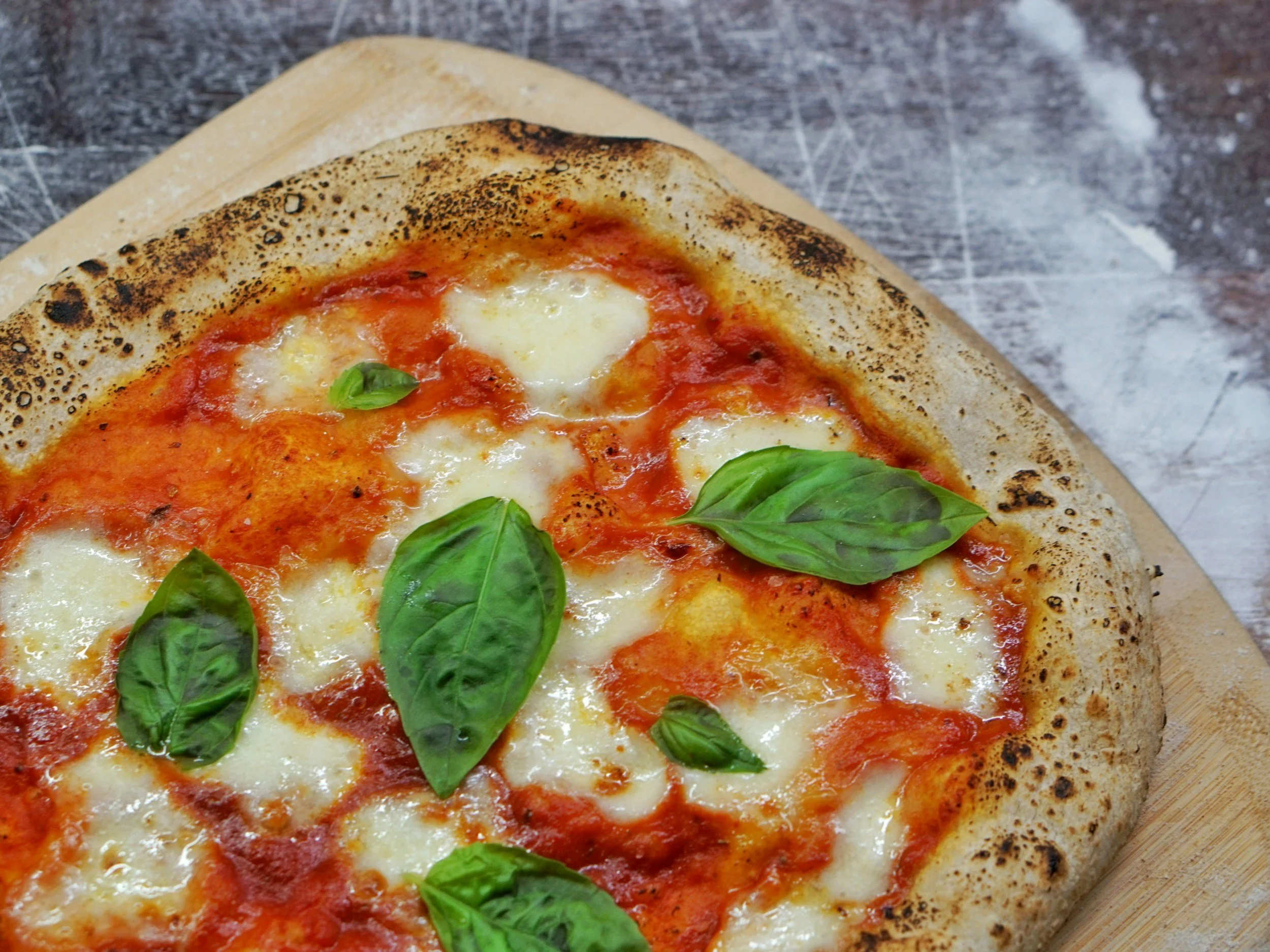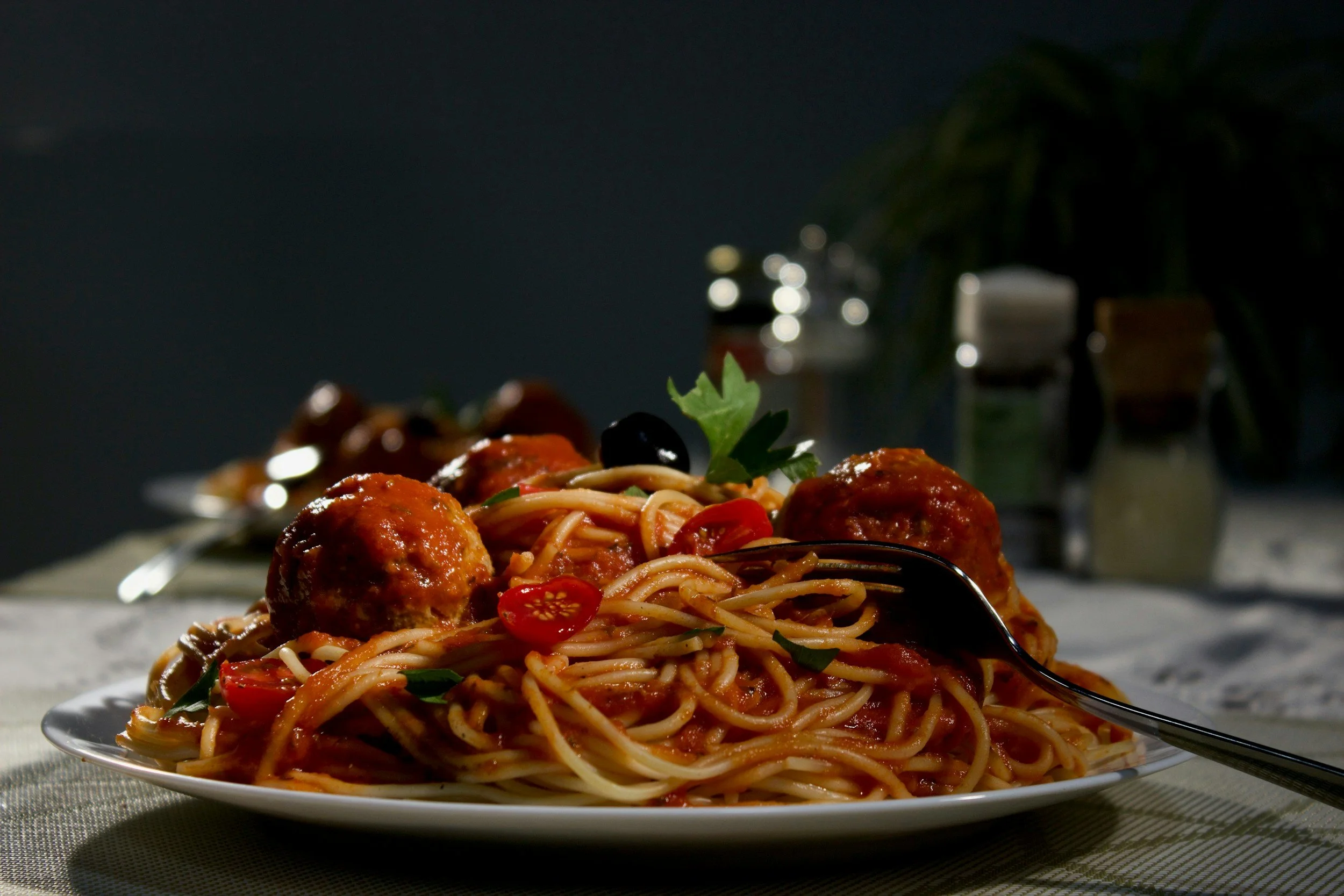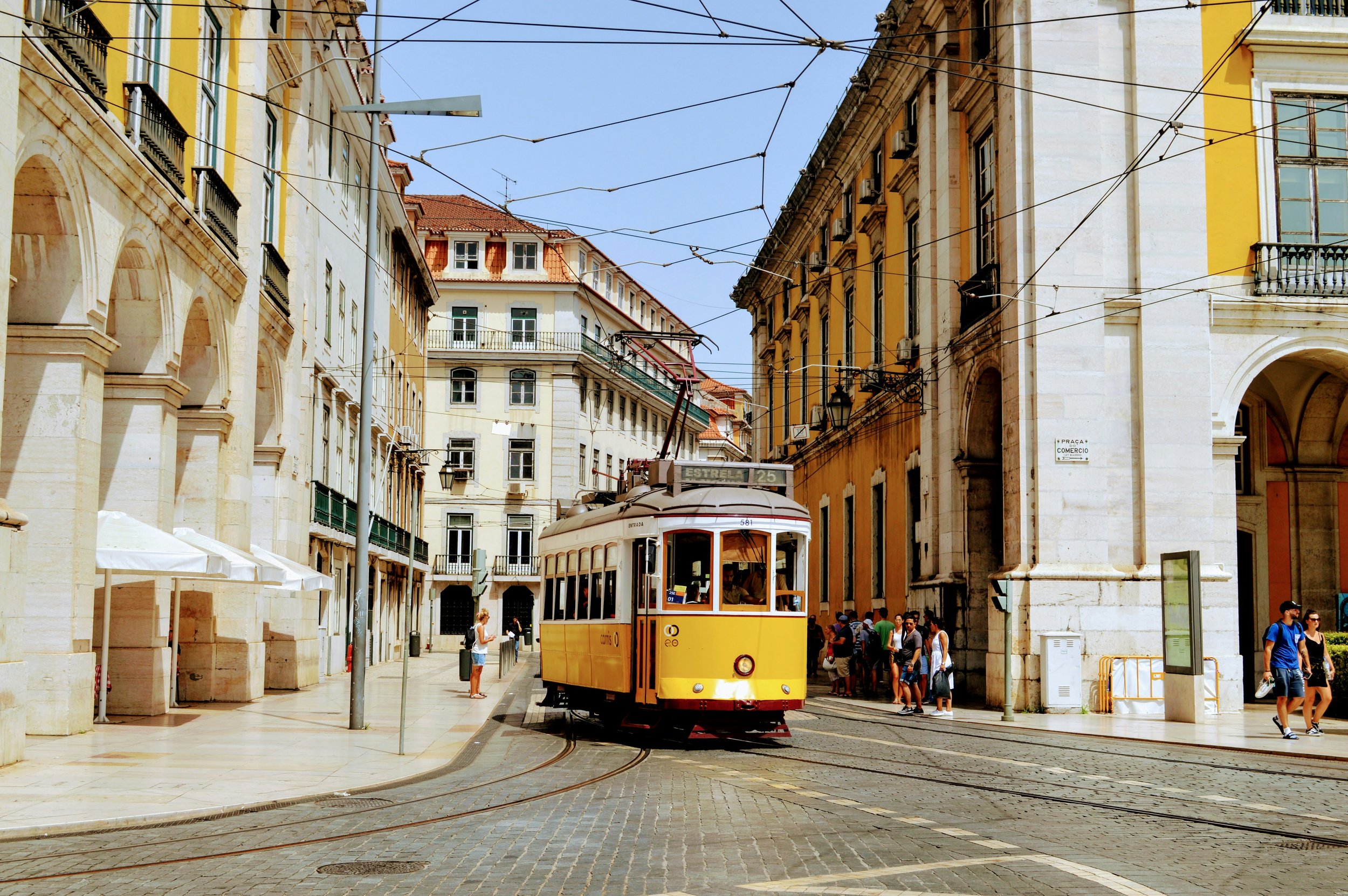Myth Busters: Unveiling the True Diversity of Italy
Estimated Reading Time: 7 Minutes Italy is often romanticized as a homogeneous land of picturesque villages, pasta, and wine. However, after living there myself, I’ve come to appreciate the rich regional diversity that makes Italy truly unique. This "Myth Busters" edition aims to dispel common misconceptions about Italy, from its culinary landscape to its cultural and linguistic differences. By understanding these regional complexities, readers can gain a deeper appreciation for this beautiful country.
Key Takeaways (TL;DR):
- Italy's best dishes are region-specific, with each region excelling in particular culinary traditions.
- Italy is a land of diverse appearances, with notable differences between the north and south.
- Italian dialects vary significantly; Sicilian is a prime example of a distinct regional dialect.
- Many Italian-American dishes differ from their Italian counterparts, reflecting the unique history of Italian immigrants in the U.S.
Regional Delicacies: The Best Italian Dishes
One of the most delightful aspects of Italy is its culinary diversity. Each region boasts its own specialties, and the best place to enjoy these dishes is in their region of origin:
Pizza - Naples is the birthplace of pizza, and nowhere else can you experience the authentic Neapolitan pizza, characterized by its soft, chewy crust and simple, high-quality ingredients.
Pasta Carbonara - Head to Rome for the perfect carbonara, made with guanciale (cured pork cheek), pecorino romano cheese, eggs, and black pepper. The simplicity and flavor are unmatched.
Risotto - For a creamy, rich risotto, visit the Lombardy region, especially Milan, where risotto alla Milanese, made with saffron, is a must-try.
Bolognese - While "spaghetti bolognese" is a common Italian-American dish, the traditional ragù alla Bolognese is best savored in Bologna, served with tagliatelle instead of spaghetti.
Pesto - The Ligurian region, particularly Genoa, is known for its fresh and vibrant pesto alla Genovese, made with locally grown basil, pine nuts, and Parmigiano-Reggiano.
Each region’s climate, geography, and history have shaped its unique culinary offerings, making it essential to explore Italy with a regional focus.
The Varied Faces of Italy
Italy’s diversity extends beyond its food. The people of Italy are a mosaic of different looks and traditions. The image of Italians having tanned skin and dark hair is more characteristic of Southern Italy. Here, you’ll find a Mediterranean influence in the appearance of locals, with olive skin tones and dark hair being common.
In contrast, Northern Italians often have the hue, hair, and eye colors, reflecting the historical influences of neighboring European regions. This variety in appearances is a testament to Italy's rich history of invasions, trade, and migration.
Linguistic Diversity: Dialects and Differences
Italy is a country of many dialects, and while standard Italian is widely spoken, regional dialects add a layer of linguistic diversity:
Sicilian Dialect - Sicilian, for example, is a distinct dialect with its own vocabulary and pronunciation, influenced by Greek, Arabic, and Norman languages. It is spoken in Sicily and differs significantly from standard Italian.
Venetian Dialect - In the Veneto region, you’ll hear Venetian, a dialect that also has unique characteristics and a rich history.
Understanding these dialects can be challenging for visitors, but they are an integral part of Italy’s cultural identity. It’s fascinating to note that many Italian-American immigrants came from Southern Italy, bringing with them dialects and traditions that have influenced Italian-American culture.
Italian vs. Italian-American Cuisine
Many dishes that are popular in the United States as "Italian" are actually Italian-American creations. These dishes were developed by Italian immigrants who adapted their recipes to the ingredients and tastes of their new home.
Spaghetti and Meatballs - This dish is rarely found in Italy in its American form. In Italy, meatballs (polpette) are usually served as a separate dish.
Chicken Parmesan - Another Italian-American favorite, chicken Parmesan, or "parmigiana," is a variation of the traditional eggplant parmigiana found in Italy.
Garlic Bread - While Italians do enjoy bread with their meals, the garlic bread commonly served in the U.S. is an American adaptation.
These dishes have their own charm and are a testament to the ingenuity and adaptability of Italian immigrants, but they are distinct from traditional Italian cuisine.
Final Thoughts
Italy is a land of incredible diversity, from its culinary specialties to the appearance of its people and the variety of its dialects. By dispelling the myths and understanding the regional complexities, we can appreciate Italy’s rich cultural tapestry even more.
As travelers and food enthusiasts, let’s celebrate the unique regional identities that make Italy so enchanting. Each visit offers a new opportunity to explore and savor the distinct flavors, traditions, and experiences that define this extraordinary country.
So, the next time you plan a trip to Italy or dine at an Italian restaurant, remember the regional richness that underpins every dish and dialect. Buon viaggio and buon appetito!







Mexico is a country that enchants visitors with its vibrant culture, rich history, and stunning natural beauty. From the bustling streets of Mexico City to the serene beaches of Cancun, Mexico offers a diverse range of experiences for every traveler. In this blog post, we'll explore why Mexico is an appealing travel destination, highlighting its key cities and regions.